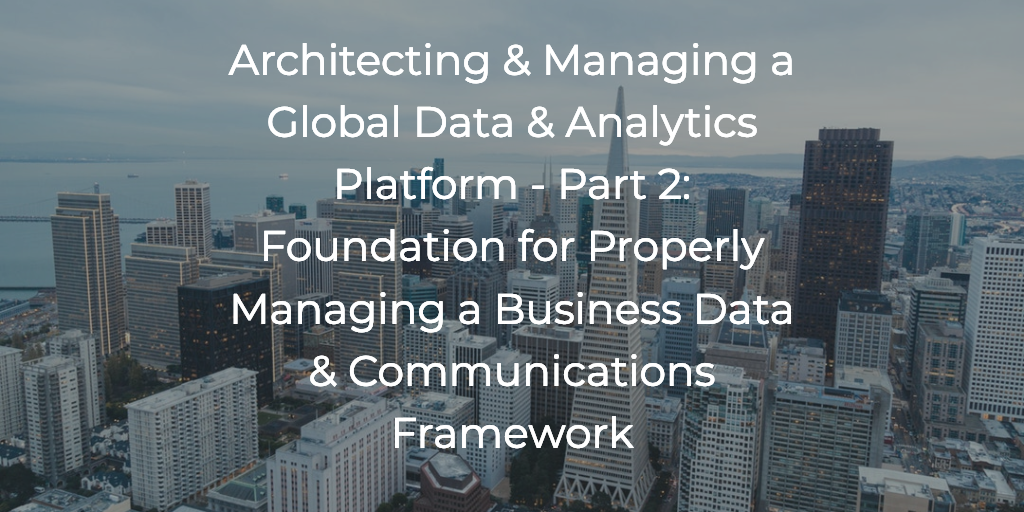The Anant STACK process is fairly generic in that it can be applied to any technology whether it’s SaaS, PaaS, IaaS, Open Source or Commercial. You can always elect to implement a full-blown ITIL service strategy if you already have it at your company. Our process is meant to be an easy to understand enterprise architecture process.

Setup & Configuration
- Dev / Ops / Arch Team
- Understanding the current/future needs
- Mapping a next viable architecture
- Deciding on Infrastructure
- Install & Stress Test
- Orchestration Automation
- Continuous Integration & Delivery
Training
- Dev / Ops / Arch Team
- Discovery : Understand skill gaps
- Curriculum Planning
- Architecture Training
- Implementation Training
- Operations Training
- Ongoing mentoring
Administration
- Dev / Ops / Arch Team
- Service management
- Service transition
- Incident management
- Data / Disaster Recovery Plan
- Continuous monitoring
- Continuous testing
Customization
- Dev / Ops / Arch Team
- Self Service process
- Testing environments
- Service transition
- Service strategy
- Continuous testing
- Change management
Knowledge Management
- Platform Architecture
- Platform Operations Runbook
- Platform Implementation Guide
- Issue resolution knowledge
- Public knowledge sources
- Internal Knowledge sources
- Continuous knowledge creation
The Anant STACK process is needed to bring up each component. If these components are set up in a similar way, it makes it easier in the long term to maintain the system, and manage the knowledge around it. Why do you need all these processes? As you can imagine, the software applications today are more complex in some ways but simpler in others. This type of data platform simplifies your architecture because it makes one layer that is accessible at the same time since it’s a distributed system that is spread out on a global scale.
Luckily, Cassandra, Spark, Kafka as well as Solr (for Cassandra indexing), and Graph are available as two commercial distributions. Though we can use the same STACK process for each of these components, we will look to commercial distributors from DataStax and Confluent because it saves time and money. It saves time because there are several situations in which a company is better off calling a company to get a patch update for a potential open source version bug. It saves money because a commercial distribution generally comes with other elements such as standard training, which can be used to train several team members. Commercial companies also provide generally good knowledge management around a particular project.
In the next part of this series, we’ll discuss deploying frameworks that scale on any cloud. If you want me or our company, to come and talk to your company about Global Data & Analytics Platform, feel free to email me or my team at Anant.
- Part 1/5: Foundation of a Business Data, Computing, and Communication Framework
- Part 2/5: Foundation for Properly Managing a Business Data & Communications Framework
- Part 3/5: Deploy Frameworks that Scale on any Cloud (Containers, Azure, AWS, VMs, Baremetal)
- Part 4/5: Building a Developer-Friendly Platform on top of a world-class Framework
- Part 5/5: Monitoring and Scaling a Distributed Business Data & Communications Platform




